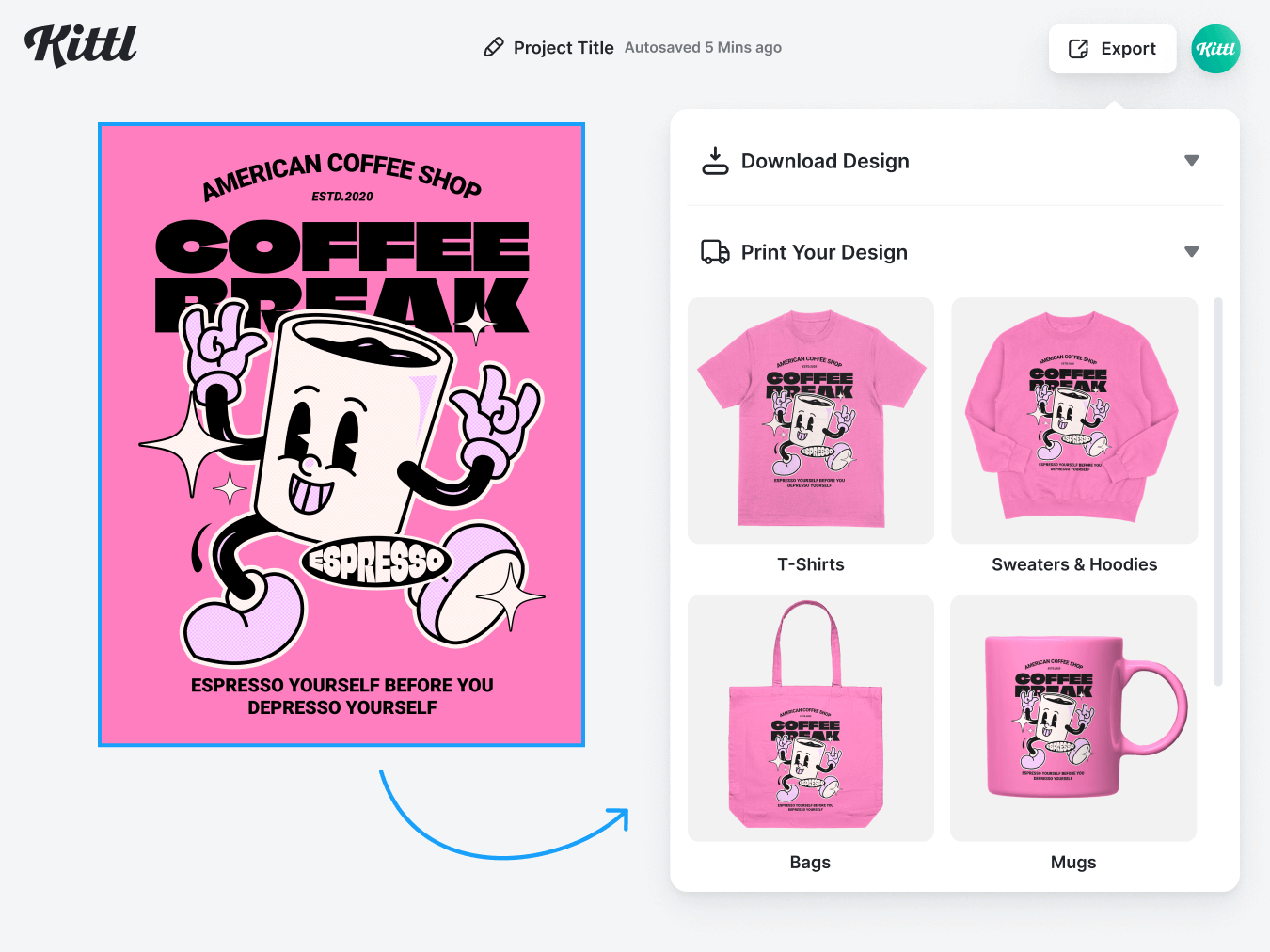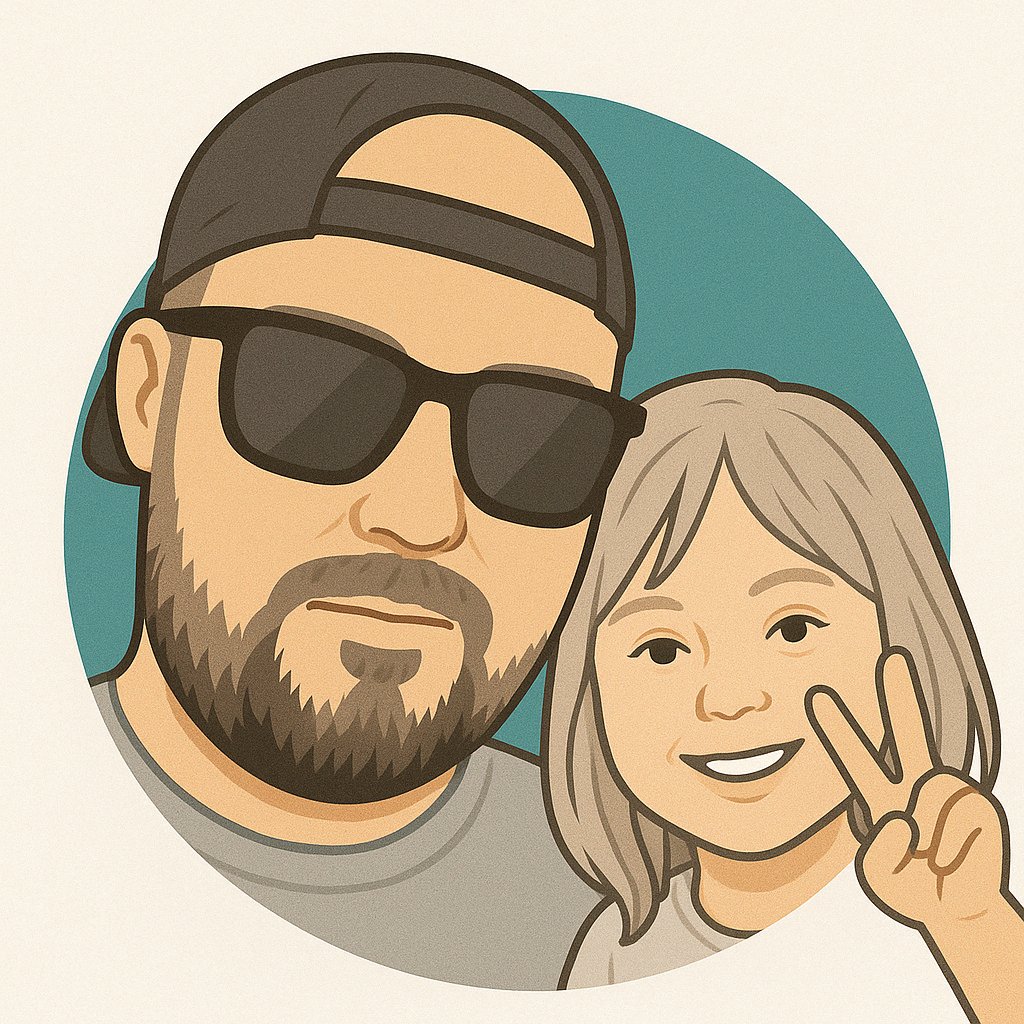Update 30 August:
It looks like Canva's price increase isn't just happening in the US—it's a global thing. Users worldwide are seeing their Canva Teams plans jump up. In the UK, for instance, those on the old plan are going from £99.99/year to £90 per person per year, which means a team of three will now be paying £270/year.
Original story:
If you're one of the many small to mid-sized business owners who rely on Canva for its user-friendly design tools, you may have been shocked by the latest email outlining substantial price hikes for the Teams plan.
For some, the cost is skyrocketing from a reasonable $119.99 per year to a hefty $300 for the first 12 months, only to soar to an eye-watering $500 per year after that.

That’s not a slight increase—it’s an aggressive, perhaps even reckless, move that forces us to reconsider our loyalty to Canva.
What’s Behind the Price Hike?
The justification for this price jump isn't fully transparent, but it’s clear that Canva is leaning into more advanced features, particularly AI-driven tools.
While artificial intelligence certainly has its place in modern design, the heavy push toward AI raises questions about the direction Canva is taking.
It feels like the platform is shifting from being an accessible, go-to solution for non-designers and smaller teams to a tool catering more to larger enterprises with deeper pockets.
For many, this pivot could be seen as Canva prioritising profit over the very user base that fueled its initial growth.
Alienating Core Users
This increase is primarily targeted at Teams accounts, with Pro account users reportedly unaffected—for now. The message here is unmistakable: Canva is repositioning itself.
Teams that once benefited from the inclusive, flat-rate model now face per-user charges of $100 annually. For small teams, which previously enjoyed the inclusion of up to six members, this sudden and steep hike will be unmanageable.
Many have already cancelled plans in frustration.
Canva’s strategy risks pricing out the smaller teams that benefit most from its platform. These are the same teams that have contributed significantly to Canva’s success by championing its tools and expanding its reach through word-of-mouth.
With such a drastic shift in pricing, Canva is effectively closing the door on these loyal users, turning away from its roots as a cost-effective design solution for all.
AI: A Double-Edged Sword?
It seems Canva is betting big on AI, but is this what users want? There is a growing recognition and aversion to overly AI-generated content. Many users still value the human touch, the creativity that comes from actual designers, and the curated assets Canva has historically provided.
AI has its place, but relying on it too heavily could be off-putting, especially if the perception grows that Canva is replacing real, creative input with generic, machine-generated outputs.
It feels somewhat ironic that the same creators whose assets contributed to Canva’s success might be sidelined by this technology push.
The Broader Implications
This price increase brings up a broader issue with subscription-based models in general.
As more companies follow suit, gradually raising prices, users are left feeling trapped. With all their work hosted on these platforms, what are they to do when faced with exorbitant costs?
The notion of these platforms essentially holding users' work hostage is troubling.
It's a reminder that reliance on any single platform comes with risks, and it’s always wise to maintain control of your work—export, backup, and perhaps most importantly, evaluate alternatives.
What’s Next for Canva Users?
For those of us facing the new reality of Canva’s pricing, it's time to consider other options.
There are alternatives out there—Visme, Adobe Express, and even more niche tools that might better serve smaller teams and individuals without the hefty price tag.
Exporting work and cleaning out accounts, as some users suggest, isn’t just about safeguarding creations—it’s about taking back control.
Canva’s ambitious move might be a step toward greater profitability and new technological advancements, but it could also mark the beginning of its estrangement from the small businesses and teams that formed its backbone.
The message to Canva is clear: price hikes of this magnitude must be accompanied by equally massive leaps in value and user experience, or the company risks losing the very foundation of its success.
In the end, success isn’t just about profit margins and cutting-edge features.
It’s about understanding and valuing the needs of the users who have supported your journey. Without that, Canva may find itself alone at the top, wondering where everyone went.













